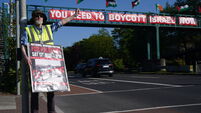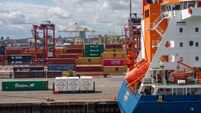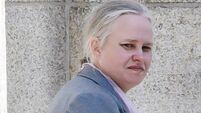Kiss of death for Blarney Castle in Lonely Planet European survey
Not so according to its owner, who is obviously equipped with the eloquence to fight back.
Around 300,000 tourists in search of the “Gift of the Gab” visit Blarney Castle each year and pucker up to the famous stone embedded in the top of its battlements.













